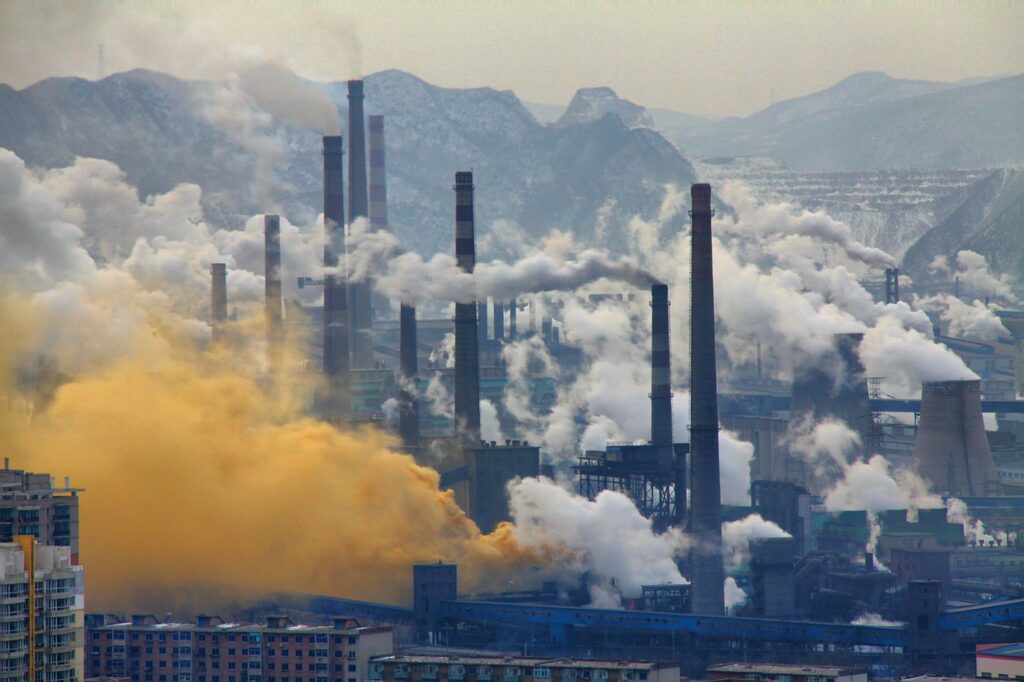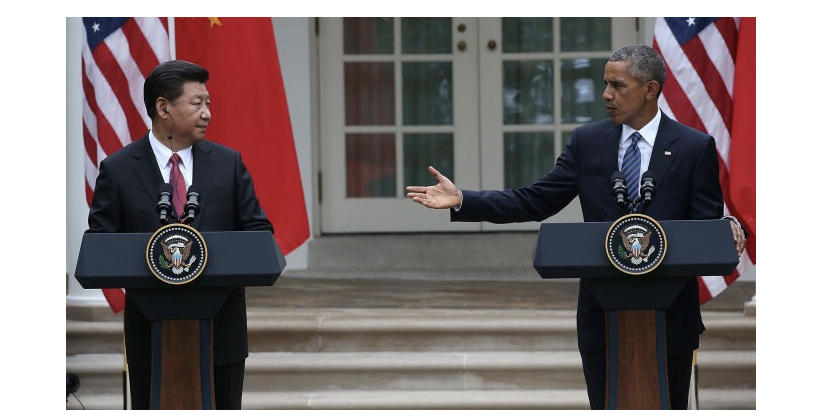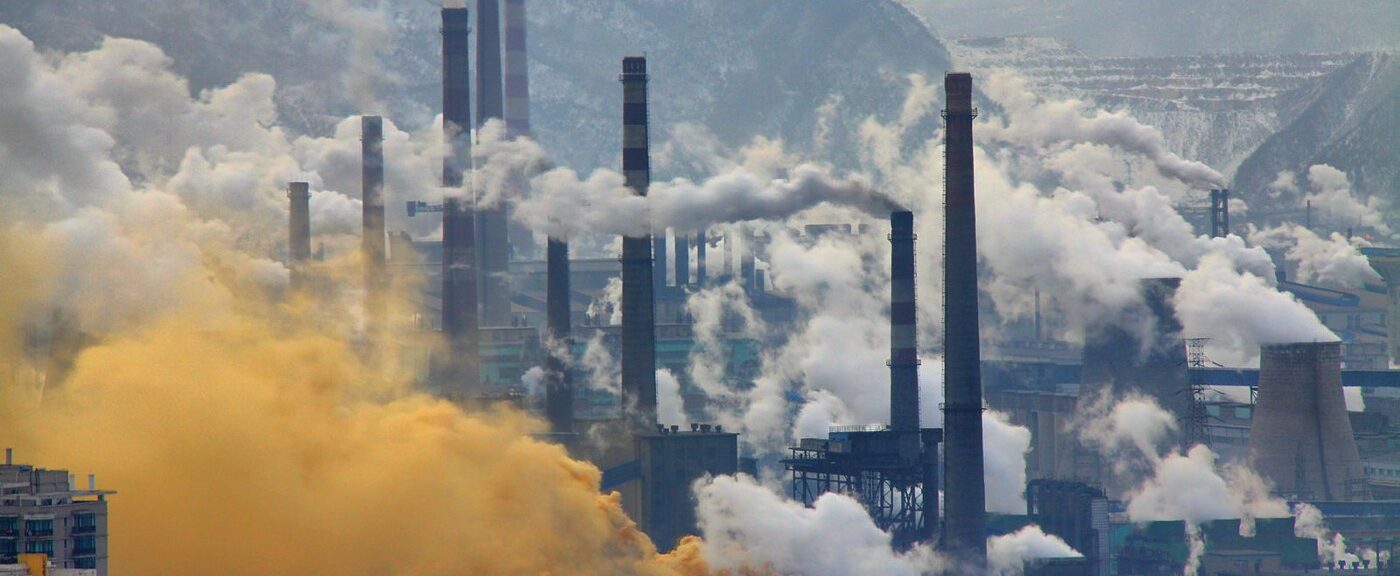Iza Ding, PhD candidate in government and Fairbank Center Graduate Student Associate, explains China’s development of an emissions trading “carbon market” amid worsening environmental damage.

“To understand China’s environmental solutions, you have to think big,” wrote Dan Dudek, head of Environmental Defense Fund’s (EDF) China office, in 2013. To be precise, Dudek was referring to market solutions to China’s environmental challenges, specifically, a nationwide emissions trading program. EDF, a U.S.-based nonprofit environmental advocacy group that is relatively anonymous to the American public, played an instrumental role in introducing emissions trading to China in the late 1990s, and Dudek sits on an environmental advisory committee that reports directly to the Chinese premier. The pilot trading program Dudek helped put in place initially covered four provinces and three cities. In subsequent years, more localities followed suit by launching their own trading schemes, resulting in most of China’s provinces partaking in some form of trading.
When President Xi Jinping announced during a White House visit in September of this year that China would develop a nationwide carbon trading system by 2017, it was hailed as a promising step towards a greener planet by the world’s biggest greenhouse gas emitter. President Xi’s rhetoric was not born out of thin air. After over a decade of sporadic experimentation with ventures in carbon trading, market mechanisms to reduce energy consumption and curb greenhouse gas emissions were drafted into China’s 12th Five-Year Plan (2011–2015). In 2011, seven provinces inaugurated carbon trading pilots, covering 2052 enterprises. As of July 2015, enterprises have traded approximately 57 million tons of permitted quotas, valued at US$308 million, with regional reported compliance rates of nearly 100 percent.

For those familiar with Chinese politics, an image of the Chinese government racing full speed towards a full-fledged carbon market seems rather strange. First and foremost, the success of a carbon market, or any market, requires a well-developed legal and regulatory system, which China does not have. A quintessential part of “cap and trade” is the government’s ability to enforce the discharge cap of pollutants to create value in emission credits. At present, the Chinese Environmental Protection Agency (EPA), the governmental entity that oversees environmental regulation within China, lacks both the political and organizational capacity to enforce such caps.
Furthermore, the initial allocation process of pollution credits among firms in a given industry or geographic region is likely to be a highly contentious process. The opaque nature of local politics in China, where regulators are often intimately connected to local enterprises, means some enterprises or industries may be favored at the expense of others. Such skewed allocations will create market distortions in the value of credits at best, and at worst may mean some firms or industries simply won’t abide by the rules of the cap and trade system. For example, one firm, owing to government connections, will likely obtain a greater quantity of credits while at the same time be less likely to be punished for violating the rules. In such a case, the firm would simply use the extra pollution credits as a new income stream rather than an incentive to evaluate new business models or manufacturing methods.

Finally, China has traditionally relied on non-market strategies of pollution control, including the command and control method that sets strict regulatory limits on enterprises’ emissions, and pollution levy that is paid by each enterprise to the government based on the kinds and quantities of pollutants discharged. The key difference between cap and trade and non-market pollution control mechanisms is that under cap and trade, pollution is perceived as a “right” by enterprises and thereby reduces normative incentives to curb emission. Introducing market mechanisms entails a paradigm shift in how local governments, firms, and the general public think about environmental protection. Little is known about the potential effects such a paradigm shift may have on environmental attitudes in China.
Therefore, before we deem cap and trade the deus ex machina of China’s environmental woes, it is imperative for us to understand the nature of emissions trading as practiced in China. Little is known about how emissions trading really works in local China, and to what extent it changes enterprises’ environmental behavior. So far, cap and trade has had mixed reports of success. Some, such as EDF, claim that the carbon market in Shenzhen, for instance, has led to a 21 percent reduction in emissions, while other experts have expressed serious concern over the morality, practicality and efficacy of emissions trading in China and the world at large.
To date, most carbon trading pilot programs in China have operated in relatively affluent regions, and there are two possible explanations for this phenomena. The first explanation is that the government recognizes that the success of emissions trading rests on a well-functioning legal and regulatory system, and wealthier regions are chosen because of their higher administrative capacities. In this case, the development of a carbon market should not derail the larger plan to build the rule of law in China. The second and more worrisome possibility is that cap and trade is an expensive form of policy theater, the implementation of which generates a positively image of modern governance. In this case, policy makers should err on the side of caution when broaching a paradigm shift in pollution control strategies.


